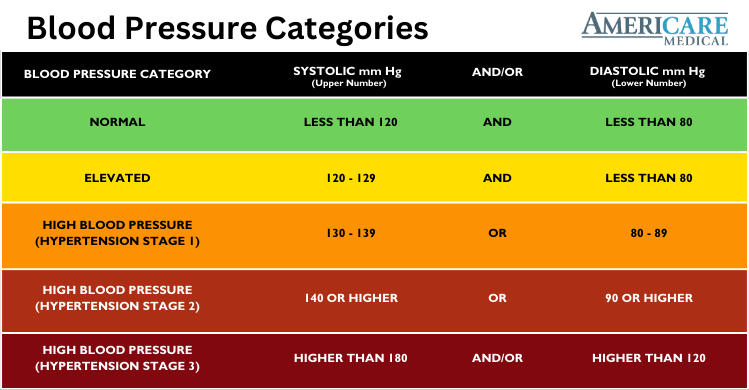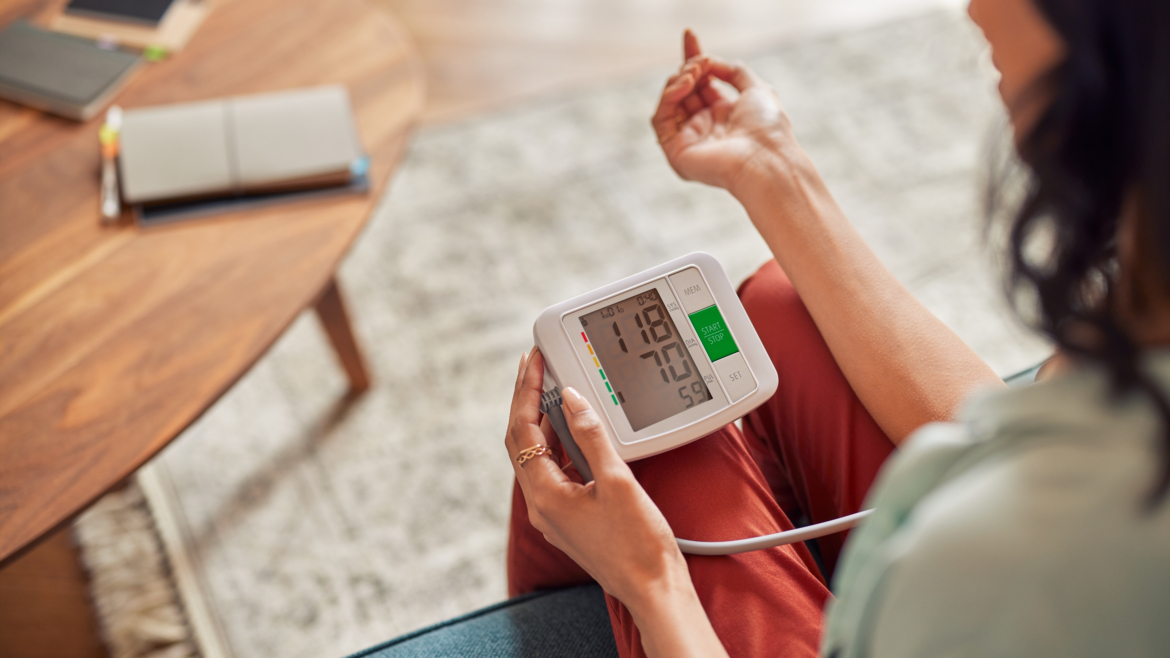How to Use a Home Blood Pressure Monitor
Monitoring your blood pressure is a proactive step toward maintaining good heart health. While routine check-ups at healthcare facilities are necessary, there’s a growing recognition of the importance of home blood pressure monitoring. In this guide, we will walk you through the simple steps of how to use a home blood pressure monitor.
Choosing the Right Monitor
Before diving into the process, it’s important to choose the right blood pressure monitor. There are two main types: an upper arm monitor and a wrist monitor. Upper arm monitors are considered to be more accurate, but wrist monitors are more convenient. Consult with a healthcare provider to determine which type is best for you.
Preparing for Measurement
To help you get an accurate reading, make sure you prepare properly:
Relax and Rest: Avoid any strenuous activities, caffeine, or smoking at least 30 minutes before measuring your blood pressure. Sit comfortably in a quiet space.
Empty your Bladder: Use the restroom before measuring your blood pressure to eliminate any potential discomfort.
Properly Position Yourself: Sit in a chair with your feet flat on the ground and your back straight. Rest your arm comfortably on a table or armrest at heart level.
Using the Blood Pressure Monitor
Follow these step-by-step instructions for accurate readings:
Put on the Cuff: Slide the cuff onto your bare arm or wrist. For upper arm bands, position it about an inch above the elbow. Ensure that it is snug but not too tight. The monitor should come with instructions on how to position the cuff correctly.
Align the Monitor: Align the monitor with your heart. When using an upper arm monitor, it should be at the same level as your heart. For wrist monitors, follow the device’s guidelines for alignment.
Start the Measurement: Press the start button to initiate the measurement. Remain still and avoid talking during the process. The monitor will inflate the cuff, and you will feel slight pressure.
Record the Reading: Once the measurement is complete, note the systolic (upper number) and diastolic (lower number) readings displayed on the screen. These numbers represent the pressure in your arteries when your heart beats and rests.
Repeat for Accuracy: For the most accurate results, take two to three measurements with a brief rest between each. Record all readings.
If you need help taking your blood pressure at home, a home caregiver or nurse can help assist you with this process.

Maintaining Your Blood Pressure Monitor
Regular maintenance can help guarantee the accuracy of your readings:
Check the Cuff: Examine the cuff for any signs of wear or damage. Replace it if necessary.
Calibrate the Monitor: Periodically check the accuracy of your monitor by comparing its readings with those taken at your healthcare provider’s office.
Keep it Clean: Follow the manufacturer’s instructions for cleaning and storing your blood pressure monitor. This helps prevent contamination and confirms its consistent performance.
Using a home blood pressure monitor is a simple yet powerful tool for managing your heart health. By following these steps, you can confidently monitor your blood pressure at home, allowing yourself to take greater control of your well-being. Remember to consult with your healthcare provider regularly to discuss your readings and make informed decisions about your health.
For more information, please contact AmeriStaff Nursing Services and learn more about how their services can help.

